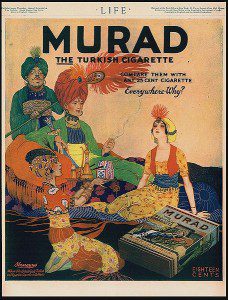The Business Insider, a breezy and irreverent online business website, last week came out with an article on a former Moody’s analyst who submitted a tell all to the SEC on how Moody’s, a major ratings agency, is in Business Insider’s words “corrupted to the core.” How the ratings agencies escaped Department of Justice or congressional inquiry after the 2008 financial meltdown is still somewhat of a mystery to me. You would think the large bulk of the investor class of whatever political persuasion would have demanded, howled for, an inquiry as to what happened, to hold those accountable, and to reform the rating agencies, so independent ratings agencies could serve their proper independent analyst function.
Well, prior to 2008, it was common for me as a life insurance agent and broker to the give ratings of life insurance carriers in a straightforward style. For example, “American General Life, part of AIG, is rated A++ by A.M. Best.” As it turned out, A. M. Best downgraded AIG in October, 2008, one day and one step before the Fed gave them a bailout to prevented their collapse.
How do we stand today in 2011? Most life insurance carriers are rated by A.M. Best, Standard & Poor’s, Moody’s and Fitch. Some of the smaller carriers are only rated by one or two agencies. For example SBLI is rated by A.M. Best and Weiss. But how does one give their ratings more than a fraction of credibility? How much did the life insurance companies have to pay them to get their ratings? Since there hasn’t been any ratings agency reform, how much the system is gamed for life insurance? Moody’s and Fitch tend to rate the companies lower, so I tend to look at those ratings closer because they might be more realistic. I track stock performance of the certain companies which is somewhat useful. If you Google search a company and put “Downgrade” pulls up negative information ratings agencies have given on a company’s performance after 2008. Put “Upgrade” or “Neutral” will also provide information the ratings agencies have provided. The overall trend since 2008 has been downgrades and then leveling off with some upgrades.
Fortunately, each individual state has an insurance commission which regulates life insurance companies. They have to have certain financial reserves, and new products must be approved for sale. The North Carolina Department of Insurnace, for example, has had a strong history of consumer protection.
Look at the ratings but don’t trust them as a window to the truth.
Image source: Wikipedia Commons




